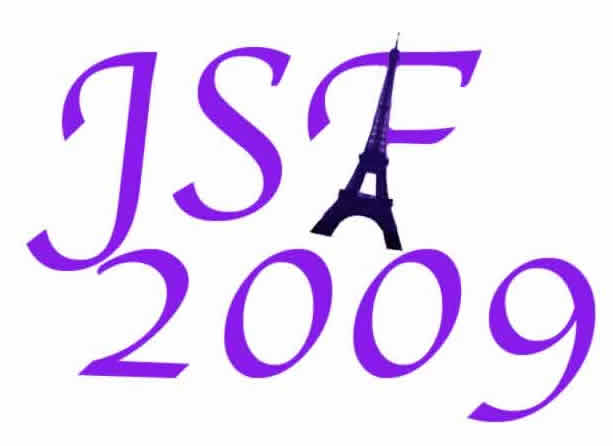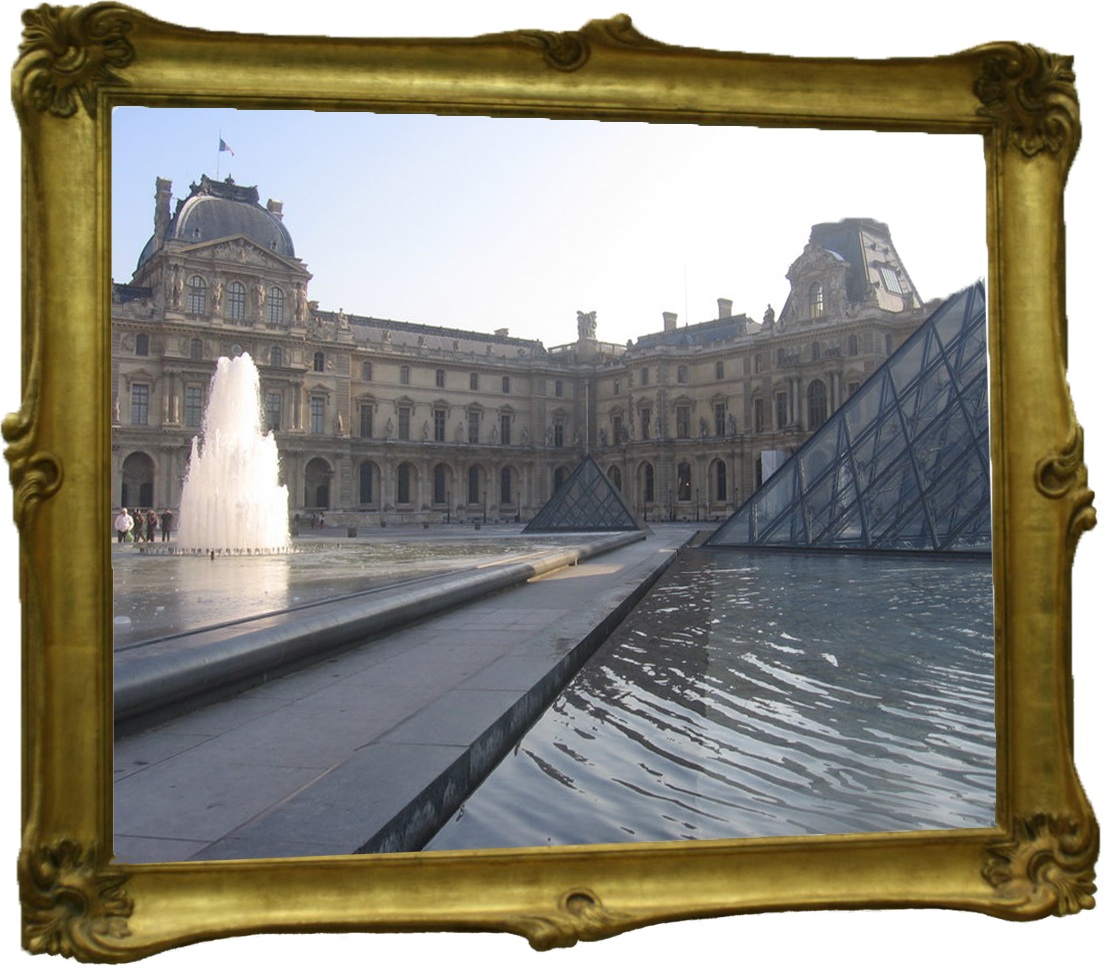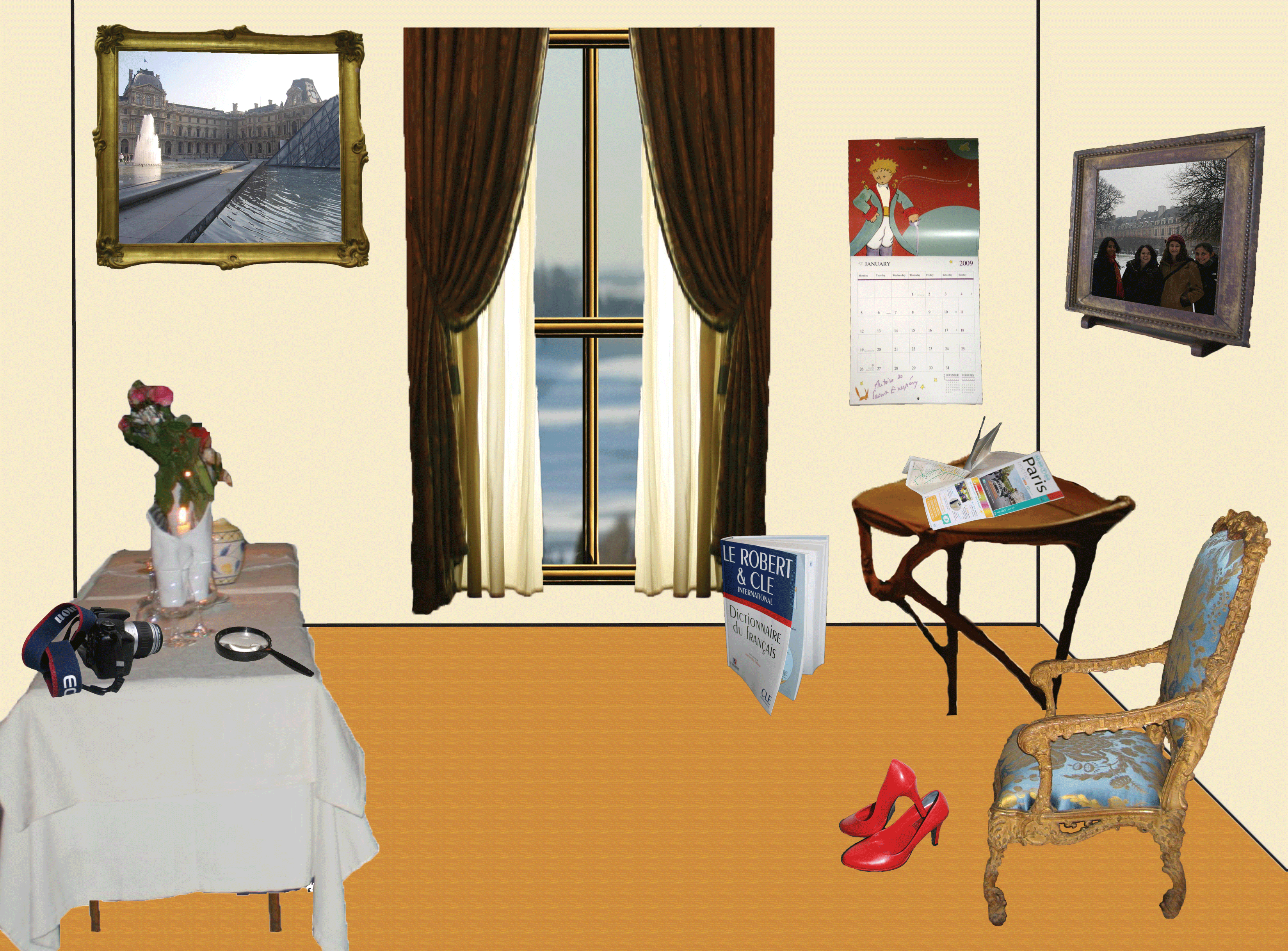Musée National du Moyen Age - Musée de Cluny
Wednesday, 1/7/09
The remains of the baths, from the original building:
We changed plans from going to the Eiffel Tower to the Musée de Cluny because apparently the Eiffel Tower is closed when it's too cold. This was a real treat for us Americans because the Musée de Cluny is a museum of art and history from the middle ages. Sophie was our guide for this museum- she is extremely knowledgeable and lively. Part of the building was once a public bath. It is also a hotel from the 13th century for people who came to visit and study at the universities nearby.
Sophie explained to us that the towers in front of the building in the courtyard are called hors d'ouevres because they come first (like hors d'ouevres before a meal). I thought this was a very appropriate beginning to the tour! Inside the building, the museum was not organized chronologically- but by type of art on display. We spent a lot of time in a room with many headless statues. These statues were thought to be lost until recently. The statues, originally on Notre Dame, were broken during the revolution because the revolutionaries thought they were the kings of France. However, these were religious leaders and the revolutionaries did not break the statues of the kings of France.
Faces from the facade of Notre Dame:
In one room, there were many beautiful tapestries. Tapestry makers used to copy figures from one to the next to save time, so in some, none of the people are even looking at each other. Tapestries were used for both art and warmth, and people displayed their wealth by hanging tapestries depicting people of a lower class. Many of the features of figures depicted in art of the middle ages are not realistic, but Sophie said that we now know that this was done to accentuate these features, not because they were unskilled artists. Although people in the middle ages spent most of their time working or praying, they did have time for games like chess. Sophie told us this was very useful for learning strategy that could be used for war! One of my favorite pieces in the museum was a Jewish wedding ring- it looked like a crown with Hebrew letters on each of six sides. Sophie explained to us, that even though we think of the middle ages as a time between periods of glory, they started many important traditions including organized religion.
We are very lucky to have such great guides with us at each museum- I really learned a lot!
M.D.
Melissa, Koyel, Alina, Elizabeth, and Guide Sophie in front of the Musée de Cluny:


